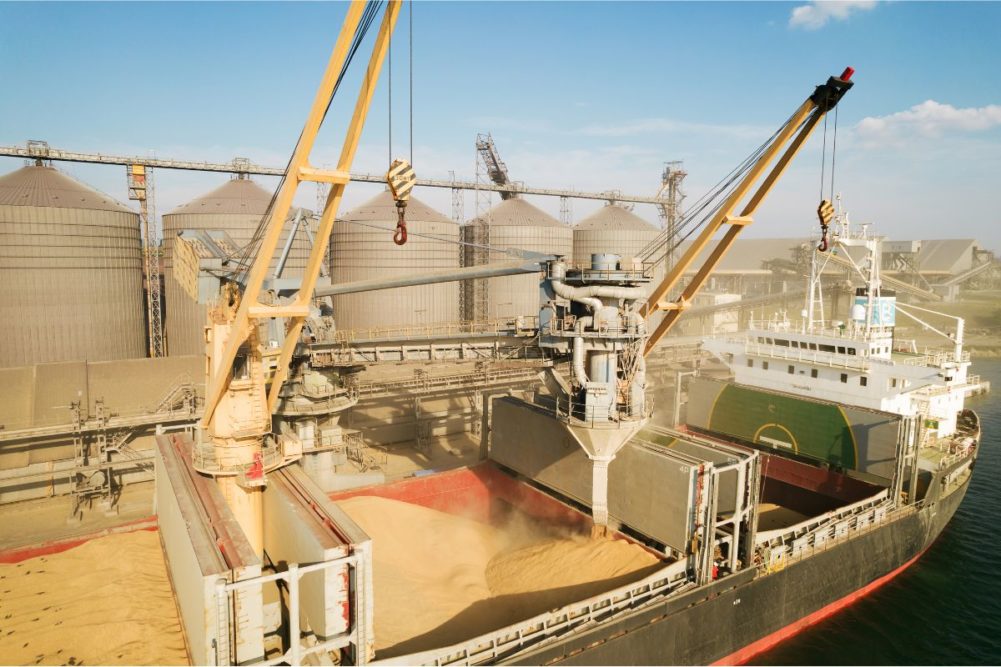 Arvin Donley
Arvin DonleyKANSAS CITY, MISSOURI, US – As geopolitical tensions escalate to a level not seen since the Cold War between the United States and Soviet Union in the mid to late 20th century, globalization, which in recent decades helped spur the world to unprecedented prosperity with the opening of global supply chains, is under siege.
The ties that bind free trade are fraying.
Russia is at war with Ukraine and, indirectly, NATO countries. The discord between superpowers China and the United States has reached a near boiling point, featuring everything from a trade war that lasted several years, to spy balloon accusations, to current threats of military conflict over the question of Taiwan’s sovereignty. Britain not long ago shockingly divorced itself from the European Union in a move that was labeled “Brexit.”
These seeds of dissension have contributed to an increase in food protectionism among some of the world’s largest grain producers and exporters. Those paying the biggest price are the countries that are heavily dependent on imports, with Africa and the Middle East being most affected.
The rise of authoritarianism and the growing political and economic instability breed fear. This feeling of insecurity, which was exacerbated during the recent COVID-19 pandemic, has led to a “every man for himself” mentality in many countries where food security is closely tied to politicians’ ability to retain power. After the start of the Russia-Ukraine conflict, the number of countries imposing export tariffs on grain products quickly increased as governments sought to stabilize the domestic supply and price of food.
According to the World Bank, a year after Russia’s Feb. 24, 2022, invasion of Ukraine, 101 export restrictions — including quota, licenses and outright bans — remained in place, suggesting that, contrary to World Trade Organization principles, the limits have not all been temporary. Those restrictions cover more than 11% of 2022 food trade, with export bans alone covering up to 3.8%. Countries with a small share of food exports account for most of the remaining restrictions. As protectionism, conflict and global inflation increase, the gap between the grain “haves” and “have nots” widens.
It’s hard to envision this trend reversing without the war between Russia and Ukraine, now in its 14th month, ending. Although the Black Sea Grain Initiative has been helpful in getting backlogged grain out of Ukraine, a top-five producer of wheat, corn and sunflower oil, exports are nowhere near pre-war totals. Meanwhile, Russia, the world’s largest fertilizer exporter, has limited shipments of that important crop input and has shown favoritism in targeting its grain and fertilizer exports to countries with sympathetic views toward Russia.
Until some of these geopolitical conflicts are resolved — hopefully through diplomatic means — it’s difficult to envision a return to the level of free trade we enjoyed through the late 20th and early 21st centuries. Difficult as it may be, governments must resist the urge to limit or ban grain exports unless the food security situation in their countries is truly dire. The fate of a growing number of food insecure people on this planet — estimated at nearly 350 million people (more than the population of the United States) in 2023 by the World Food Programme — depends on it.
Arvin Donley is editor of World Grain.






